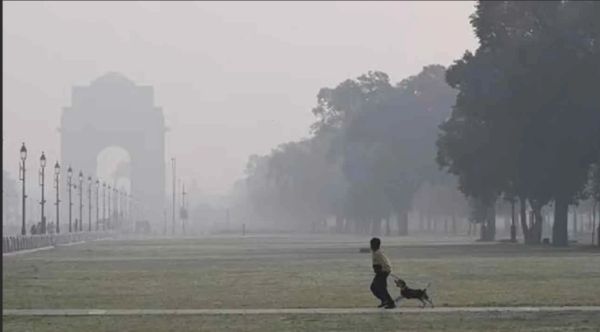

The November smog is once again engulfing Delhi, in such a situation, indications are being made towards burning of stubble in Punjab and Haryana. But the science paints a broader and more dire picture: The capital’s toxic air is a mix of year-round local emissions, regional winds, and winter weather—not just seasonal farm fires.
According to a landmark TERI-ARAI study (2018), Delhi’s PM2.5 pollution is associated with dust from roads and construction (27%), vehicles (20%), industries (25%), and secondary aerosols, and incidents of crop residue burning increase only in October–November. According to a 2021 Frontiers in Sustainable Cities analysis, post-monsoon levels rise from 42 µg/m³ to 121 µg/m³, due to stable winds and lower boundary layers. The EasySphere model for 2024 estimates that stubble contributes an average of 30–34%, rising to 50–56% during periods of smoke—exacerbating, but not causing, the crisis.
UC Berkeley researchers say the same: winter’s “adverse meteorology” traps a variety of local pollutants, from vehicle exhaust to burning garbage. The Center for Science and Environment (CSE) warns that vehicles alone cause more than 50% of emissions amid rising car numbers and congestion. Not surprisingly, PM 2.5 regularly exceeds World Health Organization limits, making long-term exposure serious health hazards.
This is not the only plight of Delhi. From Mumbai’s smog to Kolkata’s smog, India’s air pollution kills 1.6 million people a year—the same number as Covid deaths, according to data from the Global Burden of Disease. Smog ignores borders, and demands integrated action: a central clean air taskforce, farmer technical subsidies, emissions dashboards and governance for all climates.
Polio eradication reflected India’s resolve; Now consider air pollution as an emergency. Stop the blame game—build a peaceful future before another winter suffocates the country.